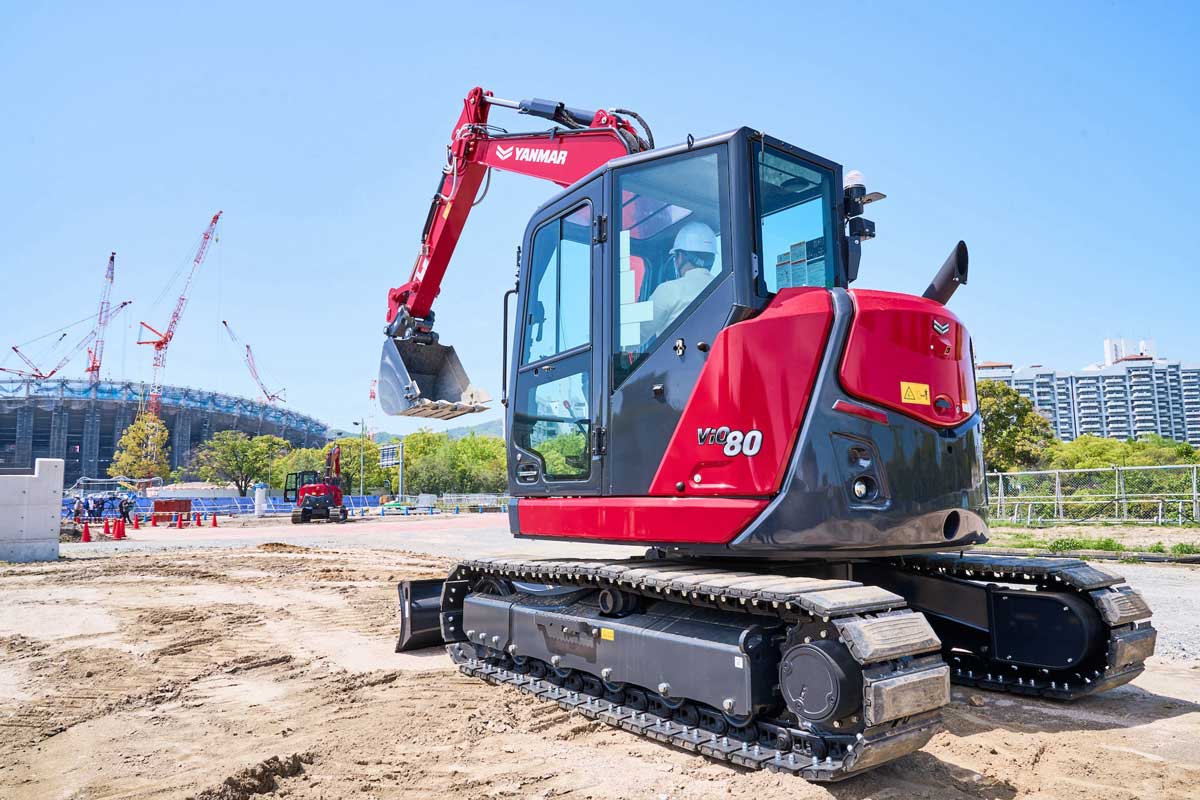Tier 4 Diesel Engine Updates
The New Year always presents an ideal opportunity for businesses of all sizes to evaluate their operations and make any adjustments necessary to ensure continued success. As we welcome in 2015, there are tremendous opportunities for sustained growth and enhanced profitability for the compact equipment industry. Of course, this year also ushers in the final phase of compliance for Tier 4 (T4) emission standards. Before touching upon some of the T4 solutions now being utilized by compact equipment engine manufacturers, let’s take a quick look back at the history of U.S. emission standards.
A Brief History
Emission standards are the result of the Clean Air Act of 1963, passed in response to the hazards that air pollution can present to people as well as the environment. Since then, numerous programs have been put into place by the United States Environmental Protection Agency (EPA) to reduce emissions, including those produced by non-road diesel engines. In 1998, the EPA required compact equipment to meet several tiered emission standards over a period of time. Divided into four different tiers, each one addresses numerous types of pollutants, including Particulate Matter (PM), Nitrogen Oxides (NOx), Carbon Monoxide (CO) and Non-Methane Hydrocarbon (NMHC).
T4 emission standards affect compact equipment because they require manufacturers to seek out new technologies to meet the more stringent emission regulations. The purpose of T4 emission standards is to significantly reduce harmful pollutants to improve air quality and public health. Currently, T4 emission standards for compact equipment have been in place for engines with horsepower of less than 25 to 75 since 2008. The following chart highlights the emission standards currently in place.

In Europe, talk has already started about a Fifth Tier and reducing emissions will continue to be an important objective for all engine manufacturers in the foreseeable future.
A Look Ahead
In 2015, all compact equipment using 56kW (75.1 hp) engines and larger will be required to become T4 compliant. According to the EPA, this final stage will help decrease exhaust emissions by more than 90 percent and sulfur levels by more than 99 percent*. The following chart highlights these emission standards for engines with a horsepower of greater than 75.
*Source: epa.gov/otaq/nonroad-diesel.htm
T4 Design Strategies
As the different tiers of compliance have been rolled out over the years, engine manufacturers have been hard at work adjusting, enhancing, and even redesigning their engines to meet the latest standards. Several different design and engineering strategies have been utilized by leading engine developers to successfully meet T4 regulations. Two of the most common strategies utilized include the integration of a diesel particulat
e filter, or DPF. A DPF is a specially-designed filtration system that traps particles to separate them from the engine exhaust. DPFs, while effective, typically require active cleaning through a process called regeneration. During the regeneration process, much of the soot accumulated in a DPF is burned off at a high temperature, renewing the filter so it can continue removing pollutants from the engine.
DPFs have been utilized by engine manufactures in two primary ways. Some manufacturers essentially added DPFs to their existing (T3) engines — along with exhaust gas recirculation (EGR) and a diesel oxygenated catalyst (DOC) — to remove additional particulates. However, this approach often led to unforeseen performance issues for many end users, including a loss of power, decreased fuel efficiency, and shorter service intervals. Other manufacturers incorporated a DPF, EGR and DOC in addition to other new engine components, including a high-pressure common rail system (CRS). This technique helped the engine achieve T4 compliance without a significant drop off in performance for end users. However, it still required the regeneration process as well as other regular upkeep to maintain the unit’s DPF.
A final technique used by manufacturers has been the development of entirely new engines that optimize highly-tuned componentry in unique ways. By starting from the ground up, these newly-designed engines run so cleanly that a DPF is no longer needed to achieve T4 compliance. This approach has netted several benefits for equipment manufacturers and end users alike. By forgoing a DPF, this strategy can deliver a more compact engine that gives equipment manufacturers a higher level of flexibility in product design and engine integration. End-users also benefit from reduced engine maintenance and enhanced heat management.
Situation Remains Fluid
While engine manufactures can look back at their efforts to achieve T4 compliance with a sense of accomplishment, they will most likely enjoy only a brief respite. “We’re very satisfied with our non-DPF T4 solution and believe it offers many end-user benefits,” says Kyle Brandemuhl, director of diesel engines for Kohler Engines. “But, we realize our work isn’t done. In Europe, talk has already started about a Fifth Tier and reducing emissions will continue to be an important objective for all engine manufacturers in the foreseeable future.”
Additional Resources
To learn more about T4 emission standards and secure other helpful resources, visit www.epa.gov. Additional details about the benefits of non-DPF solutions, like those offered by KOHLER Engines, can be found at KohlerEngines.com/KDI.
Jeff Wilke is a product manager with Diesel Engines Americas at Kohler Engines, Kohler, Wis.





